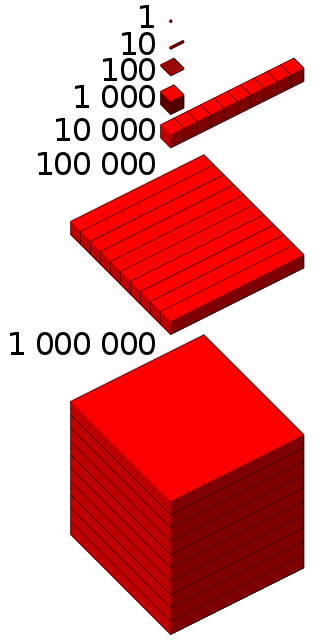| ||||
|---|---|---|---|---|
| Cardinal | two hundred fifty-seven | |||
| Ordinal | 257th (two hundred fifty-seventh) | |||
| Factorization | prime | |||
| Prime | yes | |||
| Greek numeral | ΣΝΖ´ | |||
| Roman numeral | CCLVII | |||
| Binary | 1000000012 | |||
| Ternary | 1001123 | |||
| Senary | 11056 | |||
| Octal | 4018 | |||
| Duodecimal | 19512 | |||
| Hexadecimal | 10116 | |||
257 (two hundred [and] fifty-seven) is the natural number following 256 and preceding 258.
257 is a prime number of the form specifically with n = 3, and therefore a Fermat prime. Thus, a regular polygon with 257 sides is constructible with compass and unmarked straightedge. It is currently the second largest known Fermat prime. [1]
Analogously, 257 is the third Sierpinski prime of the first kind, of the form ➜ . [2]
It is also a balanced prime, [3] an irregular prime, [4] a prime that is one more than a square, [5] and a Jacobsthal–Lucas number. [6]
Four-fold 257 is 1028, which is the prime index of the fifth Mersenne prime, 8191. [7] [8]
There are exactly 257 combinatorially distinct convex polyhedra with eight vertices (or polyhedral graphs with eight nodes). [9]




